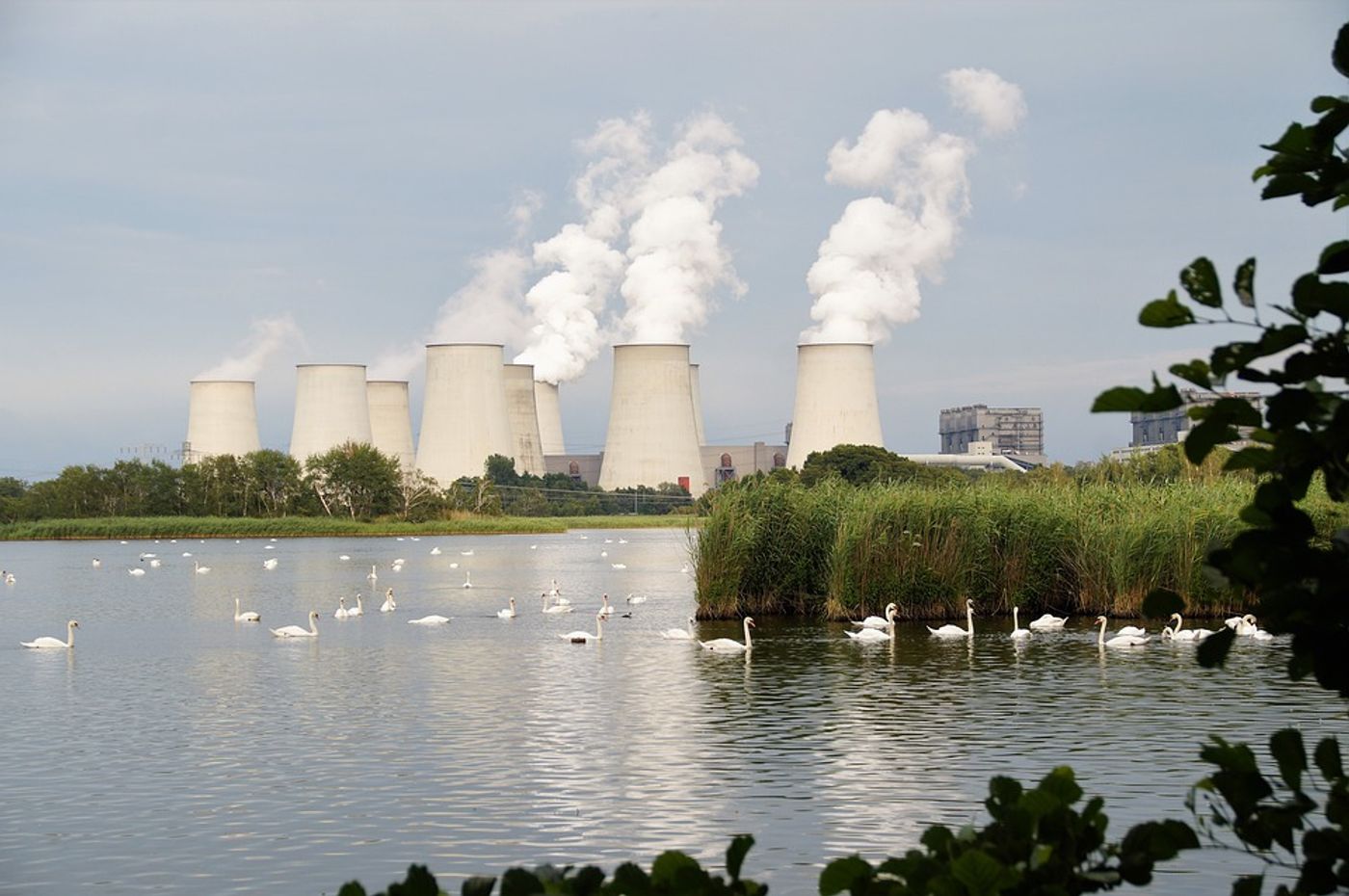Cutting air pollution saves lives in New York
New research published in Environmental Research Letters reports that lowering New York’s air pollution levels has had drastically positive results. According to the study, which was led by Columbia University's Lamont-Doherty Observatory atmospheric chemistry research group, lower air pollution levels saved approximately 5,660 lives in New York State in 2012, compared to 2002 levels.
The study focused on levels of fine particulate matter (PM2.5). PM2.5 is a pollutant composed of a mixture of solid particles and liquid droplets that is a result of a) burning fuel, and b) chemical reactions like sulfur dioxide and nitrogen oxides from power plants, industries and cars.
Continued exposure to PM2.5 has been shown to be dangerous to public health and can result in respiratory and cardiovascular problems. The study looked particularly at the public health impact from PM2.5 in terms of chronic obstructive pulmonary diseases, ischemic heart disease, lung cancer, and cerebrovascular and ischemic stroke.
Lead researcher Xiaomeng Jin explains that the study analyzed seven datasets to come to the conclusion that PM2.5 levels fell by 28% to 37% between 2002 and 2012. "What's novel about this study is that we use seven different PM2.5 exposure estimates to analyze the long-term change in mortality burden, and they all show a consistent decrease in mortality burden.” The researchers determined that the air pollution mortality burden for New York State residents by fell by 67% during that time period, shown by an obvious change of 8,410 premature deaths in 2002 to 2,750 deaths in 2012.
The authors say that keeping track of the benefits of reducing air pollution is important for policy implementation. Referencing the Clean Air Act of 1970, co-author Arlene Fiore comments, "Those reviews have sometimes resulted in stricter standards being set, which in turn set in motion the process of emission controls to meet those standards.”
Sources: Science Daily, Environmental Research Letters









